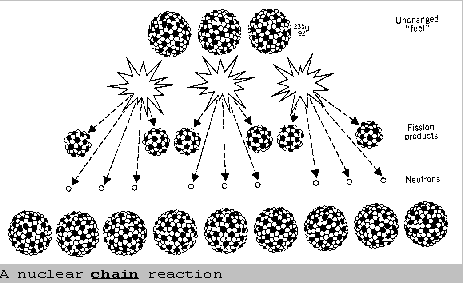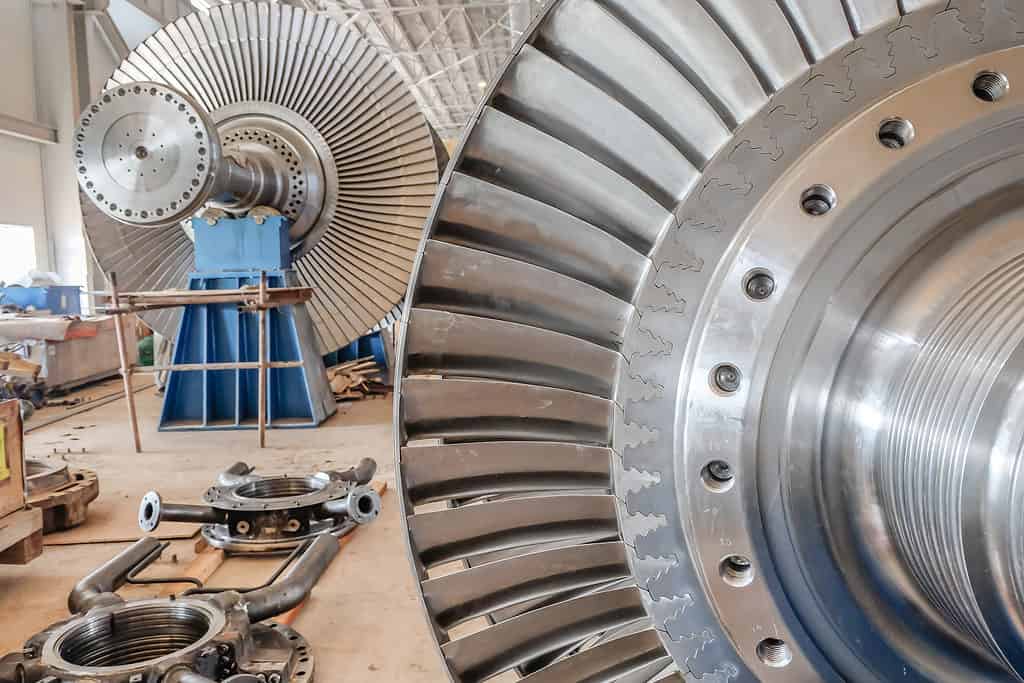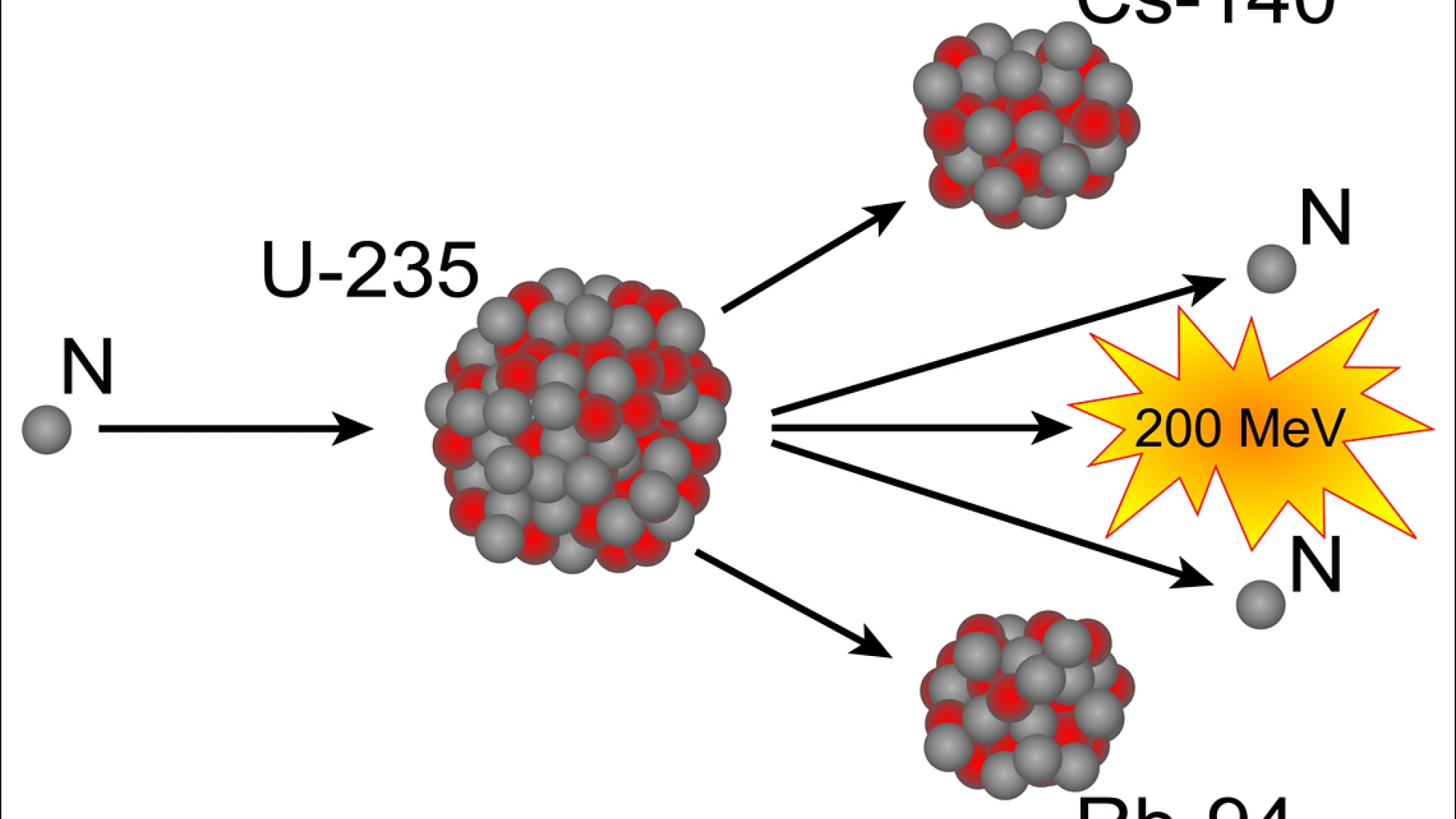
Small modular reactors (SMRs) are simpler, portable, and have the potential to be more cost effective than traditional reactors.

An emerging opportunity for nuclear energy comes in a smaller package. There is potential for increased nuclear generation to meet this new demand. Footnote7 Thus, the Evolving Policies Scenario shows steady, but not expanding nuclear generation.īeyond the Evolving Policies Scenario, as Canada pushes towards a net-zero future, electricity demand is expected to rise substantially. This is due to: 1) costs of other low- or zero-emission technologies outcompeting it and 2) current schedules and plans from utilities, companies, and system operators are the primary basis for the timing and magnitude of nuclear energy generation added over the projection period. Nuclear energy generates a consistent amount of electricity to 2050 in the Evolving Policies Scenario, however, it contributes to a smaller portion of total generation in 2050. Figure 2: Electricity Generation in the Evolving Policies Scenario Footnote6 Figure 2 shows how electricity generation changes over time in this scenario. Footnote5 This scenario contained specific technology costs and policy assumptions that influenced nuclear energy over time. With Canada’s access to uranium resources and its significant nuclear energy experience, what does this mean for the future of nuclear? In the Canada Energy Regulator’s (CER’s) recent Canada’s Energy Future 2021 report, nuclear remained a consistent source of electricity generation to 2050 in the Evolving Policies Scenario.

Footnote2 The reactor uses nuclear fission Definition* to generate energy with uranium acting as the fuel source and heavy water ( deuterium oxide) as a moderator and coolant.


Nuclear Energy in the PresentĬanada developed its own nuclear technology: the Canada Deuterium Uranium (CANDU) reactor. Other factors to consider are the cost of nuclear and how it changes over time, the regulation of nuclear safety and waste, an ageing nuclear fleet, and new technology innovation. Footnote1 Canada has the resources, experience, and knowledge to continue using nuclear to help decarbonize its energy system, but new nuclear energy deployments are facing barriers to entry and will continue to depend on enabling drivers, including public and policy support. Canada has long funded nuclear energy research and development, and New Brunswick and Ontario currently use nuclear energy to generate low emissions electricity to their consumers. Canada is also one of the largest producers of uranium in the world and Saskatchewan has the world's largest deposits of uranium, the fuel used in the production of nuclear energy. British Columbia, Quebec, and Manitoba are known for their hydropower, and Alberta and Saskatchewan are known for their fossil fuel reserves. Please send comments, questions, or suggestions for Market Snapshot topics to date: Ĭanada has diverse and abundant energy resources that change region by region.


 0 kommentar(er)
0 kommentar(er)
